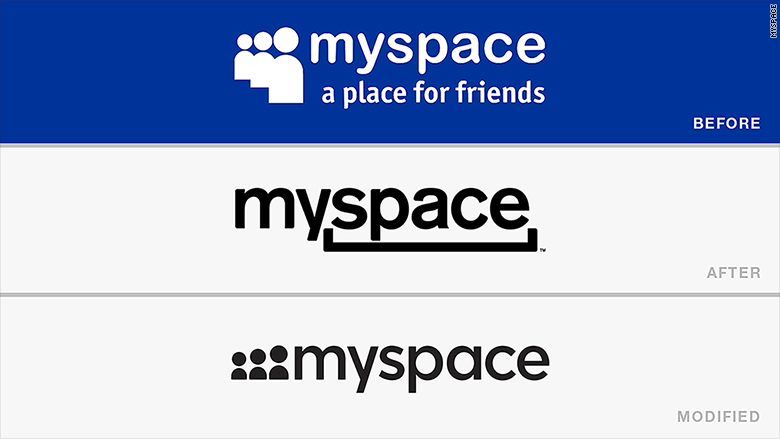Diffusing MySpace
Hey, get away from…MySpace. I cannot explain how long it took me to come up with that joke. But on a more serious note, MySpace was a popular free social networking site created by Tom Anderson and Chris DeWolfe. They created the site to be a social networking site specifically for aspiring musicians to be able to share the work they have created to others. At the time it was a really ingenious platform. The platform launched in 2004 and exploded. The best way to show the rise and fall of mySpace is to view it through the Lens of the Diffusion Theory. This theory was popularized by Everett Rogers, a communications professor. There are five sections to the theory. Pioneers, early adopters, early majority, late majority, laggards are the categories provided by the model.
The pioneers were Tom Anderson and Chris DeWolfe, they both worked for an internet market and media company called eUniverse. For a time the company was doing well, but eventually faced bankruptcy. Luckily, the two pioneers had a plan and thus conceived MySpace. Their goal was to be a direct competitor to Friendster.com, which many people were hesitant at first because there was already a popular social platform. However, the duo had a strategy to be different enough to gain attention. This leads us into the early adopters. Many people at eUniverse were the early adopters to this platform because it was their last option to save the company. The goal of the platform was too allow artists to reach out and prompt themselves. This leads us into the early majority of people populating the site. Because the site's goal was to jump start music careers, it definitely caught the attention of the younger audience. In just 1 years the platform reached a total of 27 million users.
The popularity of the platform was skyrocketing at an exponential rate, however there was an issue that not only parents had, but the government well: users looking to abuse the platform for their own desire (aka sexual predators). So the team behind MySpace took action they partnered with Sentinel Tech Holdings Corp and developed the worlds first national database of convicted sex offenders. In addition to an improved security MySpace began adding new features and assets to their platform to gain more attention and by 2006 they peaked at 100 million users. It became more popular than Google and Yahoo and was valued at $18 billion.
Alas with the popularity reaching its peak, eventually the fall of the platform would be on the horizon. Unfortunately only just two years later the popularity of the site began to decline rapidly.The main cause of this was the rising popularity of Facebook (which funny enough is face this exact same change of power in 2022). Facebook was becoming too popular for MySpace to keep up and eventually MySpace was left behind. Furthermore to add to the loss it was revealed in 2019 that in 2015, MySpace had lost all of its user content that was public since 2012.
While the company was on a downward slope they refused to die out. There was still a small community that supported them (the laggards) and MySpace was eventually bought out and changed to Myspace (it took me a while to notice it as well…but the s is no longer capital…I would have made a bigger change). With a little rebranding Myspace is no longer focused on the social media aspect and has shifted to be more on the entertainment side of the spectrum. And according to Lifewire in 2019 they received 7 million monthly visits. So the platform is far from dead, but it is also a mere shadow of what it once was.
So in a way the platform completed the Diffusion Theory model, but the laggards still holding onto the model brings it back up from the near death of a platform to a weak yet stable platform that has remade itself into something new. It sort of goes through the model a second time, but not to the same extent as it once did.





No comments:
Post a Comment